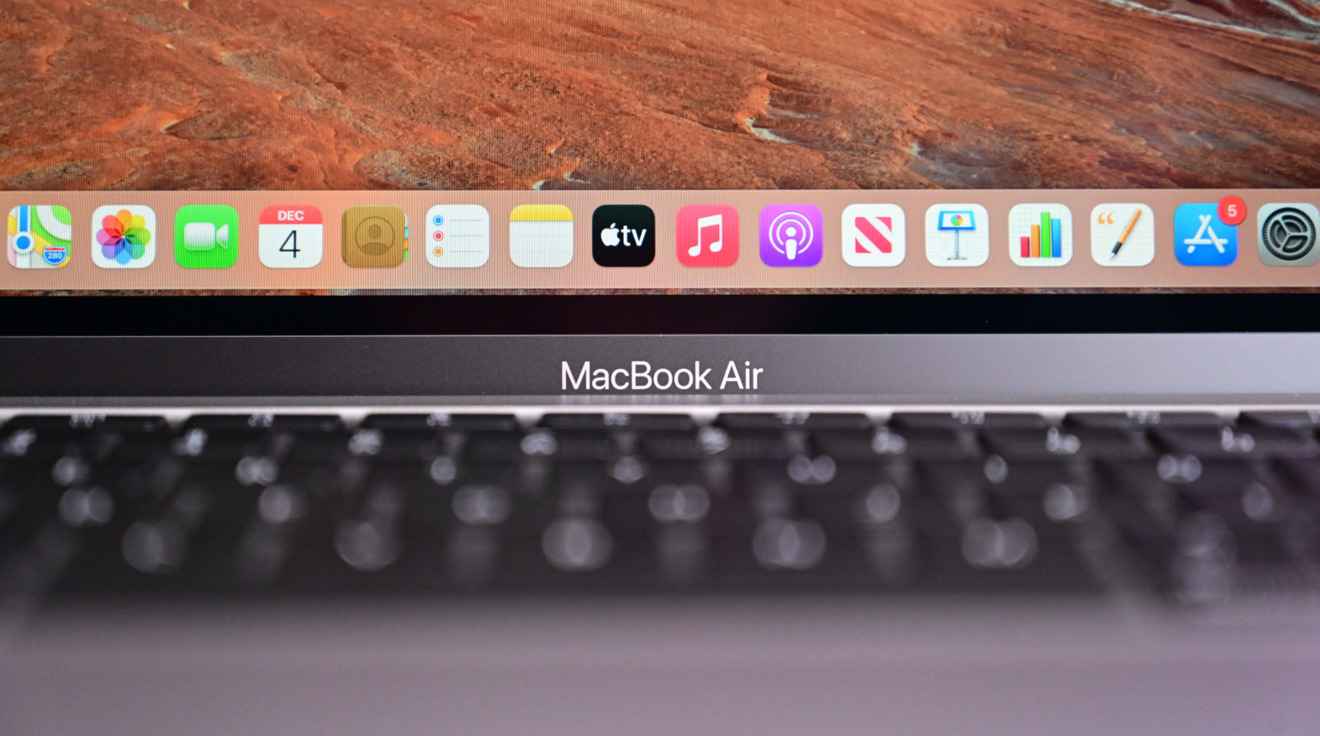Long working distance; Windows; Mac OS; AM4113-EUT. The AM4113-EUT Dino-Lite digital handheld microscope camera is a portable, easy to use and light weight ear scope that can easily capture images and video in the ear with a 1.3MP sensor for 1280 x 1024 resolution. Important: To ensure your current and upcoming releases work properly with Gatekeeper, test on both OS X 10.9.5 and OS X Yosemite 10.10. Note: The changes in this section also apply to OS X 10.8.5 if Security Update 2014-004 for OS X Mountain Lion v10.8.5 has been installed.
[ld39] reams mac os. Computer scientists have proposed a malware prototype that uses inaudible audio signals to communicate, a capability that allows the malware to covertly transmit keystrokes and other sensitive data even when infected machines have no network connection.
The proof-of-concept software—or malicious trojans that adopt the same high-frequency communication methods—could prove especially adept in penetrating highly sensitive environments that routinely place an 'air gap' between computers and the outside world. Using nothing more than the built-in microphones and speakers of standard computers, the researchers were able to transmit passwords and other small amounts of data from distances of almost 65 feet. The software can transfer data at much greater distances by employing an acoustical mesh network made up of attacker-controlled devices that repeat the audio signals.
The researchers, from Germany's Fraunhofer Institute for Communication, Information Processing, and Ergonomics, recently disclosed their findings in a paper published in the Journal of Communications. It came a few weeks after a security researcher said his computers were infected with a mysterious piece of malware that used high-frequency transmissions to jump air gaps. The new research neither confirms nor disproves Dragos Ruiu's claims of the so-called badBIOS infections, but it does show that high-frequency networking is easily within the grasp of today's malware.
'In our article, we describe how the complete concept of air gaps can be considered obsolete as commonly available laptops can communicate over their internal speakers and microphones and even form a covert acoustical mesh network,' one of the authors, Michael Hanspach, wrote in an e-mail. 'Over this covert network, information can travel over multiple hops of infected nodes, connecting completely isolated computing systems and networks (e.g. the internet) to each other. We also propose some countermeasures against participation in a covert network.'
AdvertisementThe researchers developed several ways to use inaudible sounds to transmit data between two Lenovo T400 laptops using only their built-in microphones and speakers. The most effective technique relied on software originally developed to acoustically transmit data under water. Created by the Research Department for Underwater Acoustics and Geophysics in Germany, the so-called adaptive communication system (ACS) modem was able to transmit data between laptops as much as 19.7 meters (64.6 feet) apart. By chaining additional devices that pick up the signal and repeat it to other nearby devices, the mesh network can overcome much greater distances.
The ACS modem provided better reliability than other techniques that were also able to use only the laptops' speakers and microphones to communicate. Still, it came with one significant drawback—a transmission rate of about 20 bits per second, a tiny fraction of standard network connections. The paltry bandwidth forecloses the ability of transmitting video or any other kinds of data with large file sizes. The researchers said attackers could overcome that shortcoming by equipping the trojan with functions that transmit only certain types of data, such as login credentials captured from a keylogger or a memory dumper.
'This small bandwidth might actually be enough to transfer critical information (such as keystrokes),' Hanspach wrote. 'You don't even have to think about all keystrokes. If you have a keylogger that is able to recognize authentication materials, it may only occasionally forward these detected passwords over the network, leading to a very stealthy state of the network. And you could forward any small-sized information such as private encryption keys or maybe malicious commands to an infected piece of construction.'
Remember Flame?
The hurdles of implementing covert acoustical networking are high enough that few malware developers are likely to add it to their offerings anytime soon. Still, the requirements are modest when measured against the capabilities of Stuxnet, Flame, and other state-sponsored malware discovered in the past 18 months. And that means that engineers in military organizations, nuclear power plants, and other truly high-security environments should no longer assume that computers isolated from an Ethernet or Wi-Fi connection are off limits.
AdvertisementThe research paper suggests several countermeasures that potential targets can adopt. One approach is simply switching off audio input and output devices, although few hardware designs available today make this most obvious countermeasure easy. A second approach is to employ audio filtering that blocks high-frequency ranges used to covertly transmit data. Devices running Linux can do this by using the advanced Linux Sound Architecture in combination with the Linux Audio Developer's Simple Plugin API. Similar approaches are probably available for Windows and Mac OS X computers as well. The researchers also proposed the use of an audio intrusion detection guard, a device that would 'forward audio input and output signals to their destination and simultaneously store them inside the guard's internal state, where they are subject to further analyses.'
Update
On Wednesday Hanspach issued the following statement:
Fraunhofer FKIE is actively involved in information security research. Our mission is to strengthen security by the means of early detection and prevention of potential threats. The research on acoustical mesh networks in air was aimed at demonstrating the upcoming threat of covert communication technologies. Fraunhofer FKIE does not develop any malware or viruses and the presented proof-of-concept does not spread to other computing systems, but constitutes only a covert communication channel between hypothetical instantiations of a malware. The ultimate goal of the presented research project is to raise awareness for these kinds of attacks, and to deliver appropriate countermeasures to our customers.
Story updated to add 'prototype' to the first sentence and headline and to change 'developed' to 'proposed,' in the first sentence. The changes are intended to make clear the researchers have not created a piece of working malware.


| Click here to return to the 'Measuring screen elements in pixels' hint |
Why didn't I think of that?
A much better option than Free Ruler is PixelStick. It isn't in the way as much as Free Ruler, and it lets you measure angles and distances along an angle too.
Yeah, I've been doing this for a while now. It's so fast and easy for web design. I also didn't think it was a hint, but it can save tons of time. I'm glad others will know about this now.
A+
ditto for using it for years and not thinking it was hint-worthy.
Note: the hint requires at least Leopard. The coordinates aren't shown in Tiger.
Bonus tip: hold down the spacebar after you start dragging, and you can move your entire selection around without starting over. Makes it easy to get the positioning exactly right.
I formed this habit in Illustrator, and at some point I must have tried it as an automatic reflex when taking a screenshot. Was surprised and delighted that it worked. I believe this feature was added in Snow Leopard.
Hey that's really cool. That seems tip-worthy to me in and of itself.
Rob
I agree. It's a great tip, and some great tips here in the comments.
I love the part about holding down the spacebar after you start dragging.
I just tried PixelStick and I'm grateful to have learned of it here, in these comments.
Thanks!
PixelStick is my favorite measuring tool, but, honestly, i never thought to use the screen capture.
I think that's a really good tip, thank you!
I love the spacebar trick - very neat! And also really pleased to have found out about PixelStick - I won't use it for everything but I think I'll certainly use it enough that I've already given it a space on my Dock!
I never thought of using modifier keys for screen capture, but hey, it actually works:
shift: horizontal or vertical selection only, depending on the movement you were making
option: use a centered starting point
option-shift: like shift with centered starting point
space: move it around
so cooool .. thanks ...
I've hacked mine so the ruler is wider (1250, soon to be 1920) and made the graphic for the 'ticks' much sharper. Also added individual pixel marks up to the first 100. I'll probably submit my update to the creator when I'm done.. but other things always get in the way. It'd be nice if the ruler width was draggable! Then I could make it whatever width/height I wanted..even measure across multiple screens.
For added accuracy, after the ruler is visible, zoom the screen (CMD + OPT + + .. I don't like CMD + mouse), turn off blur CMD+OPT+ and you can get very anal with your pixels.
I love PixelStick too! Great tip there.
cool ! The second hand mac os.
I use the screen zoom feature for handicapped people and have set it so holding down 'ctrl-alt-cmd' and using the scroll-wheel zooms the screen. Maybe good to zoom in first to measure more precisely.
I use screenshots a lot and was blown away by the modifier keys working !!
Hi guys,
I've recently created a small app that is just amazing when it comes to measuring items on screen. It's workflow is a lot better than a standard ruler. Check it out at http://pixf.it
It automatically finds the edges of the item you want to measure offering you a choice of copying the dimensions to the clipboard in a couple of different formats. Hope you enjoy it.
Cheers!
Along with a few tools that you have to buy, you can still measure pixels on the Mac with its stock application. There is a Grab utility, you can capture screen selection, it will create window with an image of selected area (not saved to the disc yet), then you can go to Edit -> Inspector and it will show dimensions of selected area (it will also show dimensions as a tooltip during selection process). Good thing is that captured image isn't saved to the disc, you can just dismiss it. Not great, but does the job. It also supports delayed capture which is good for capturing popup menus and such.
Leaping The Distance Mac Os Download
I second the recommendation of PixelStick. Its an awesome, light and handy little app for anyone measuring (in any app or in maps) and working with colors.
http://plumamazing.com/mac/pixelstick

